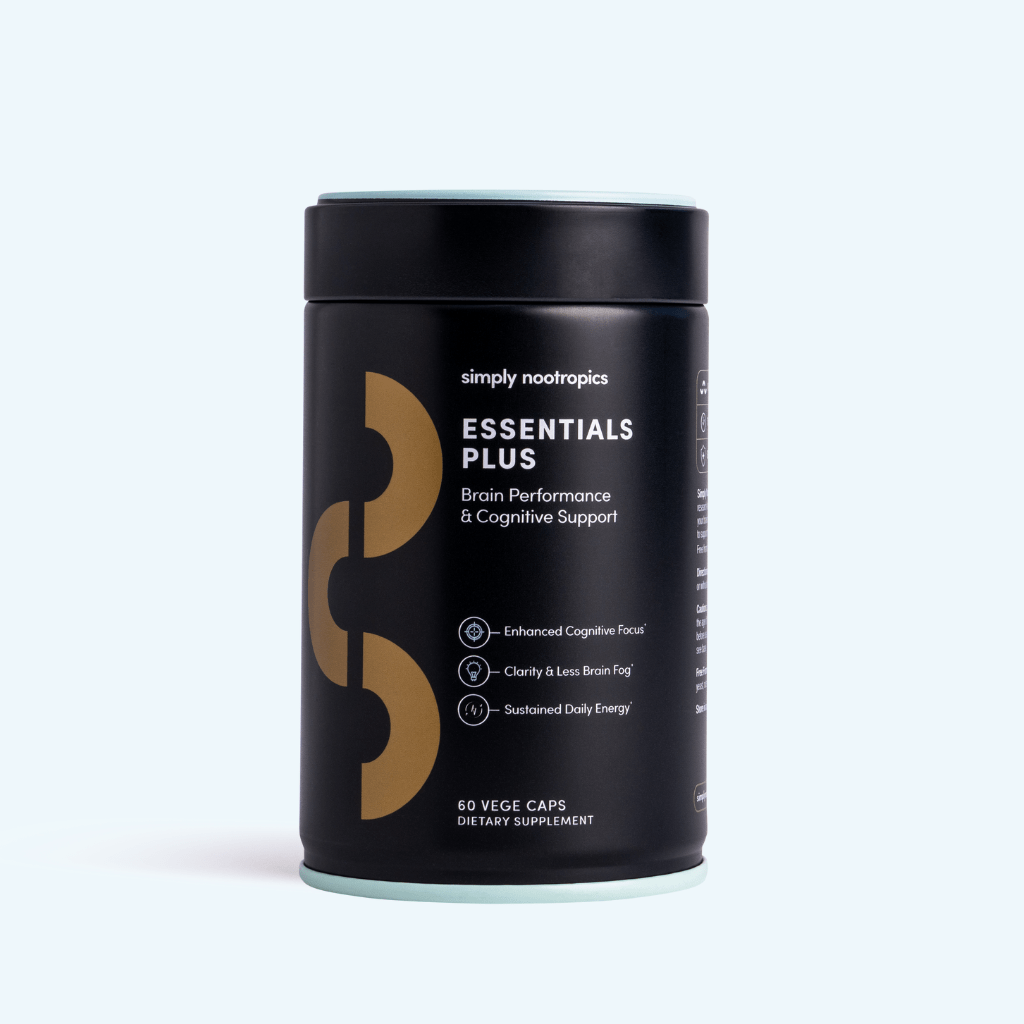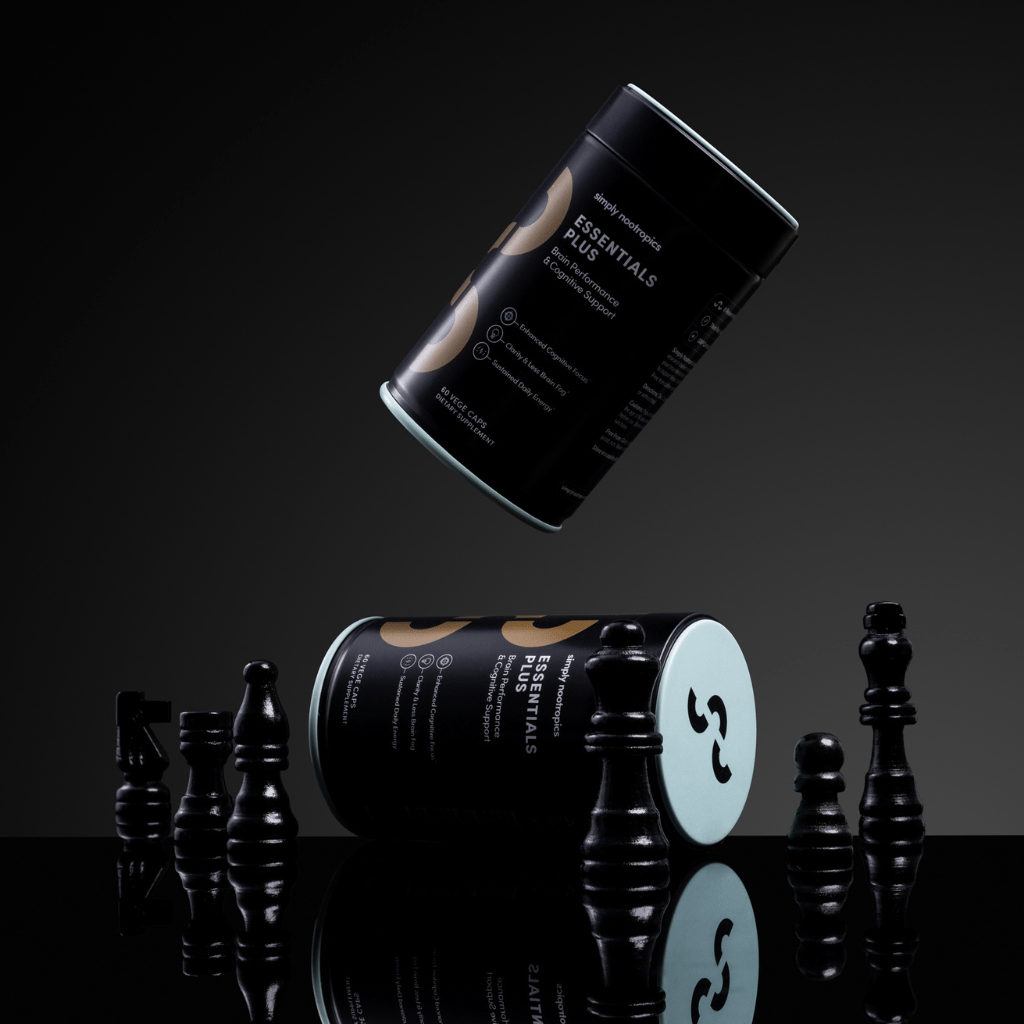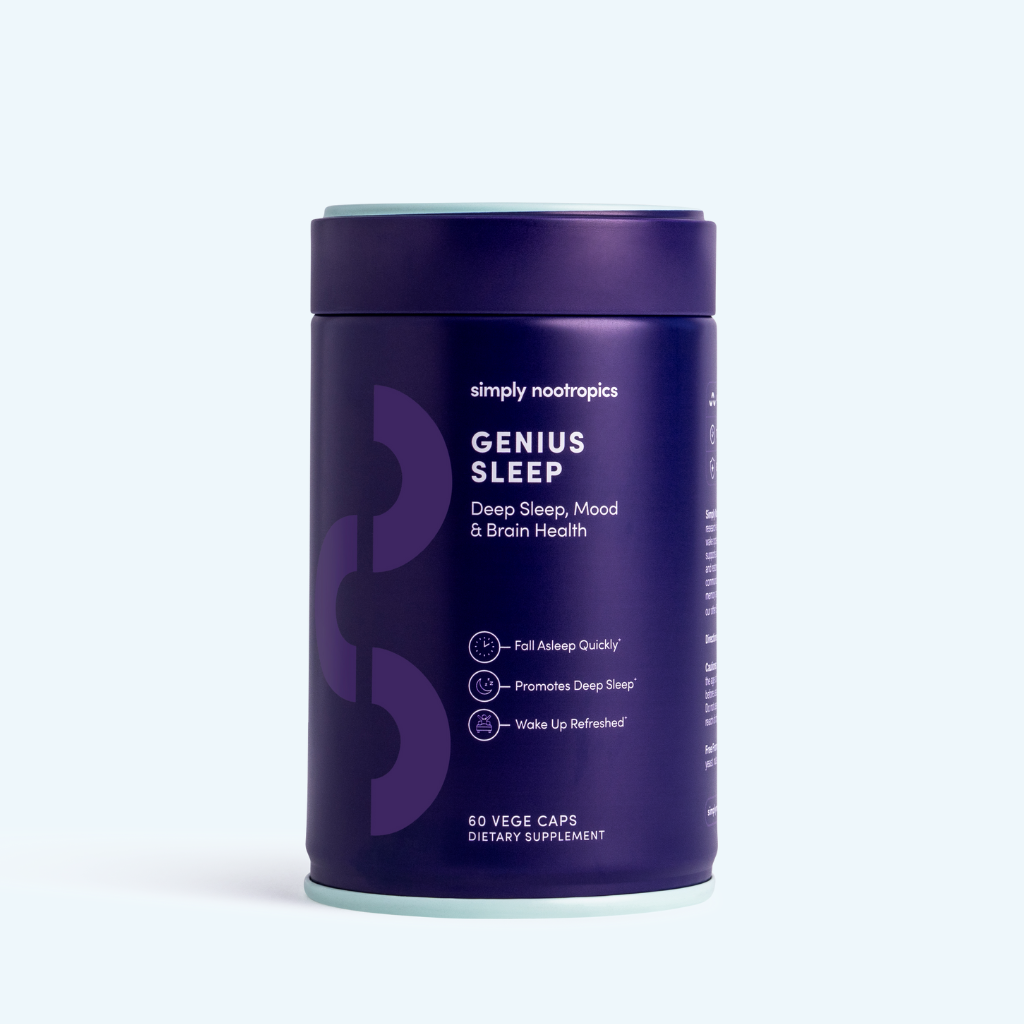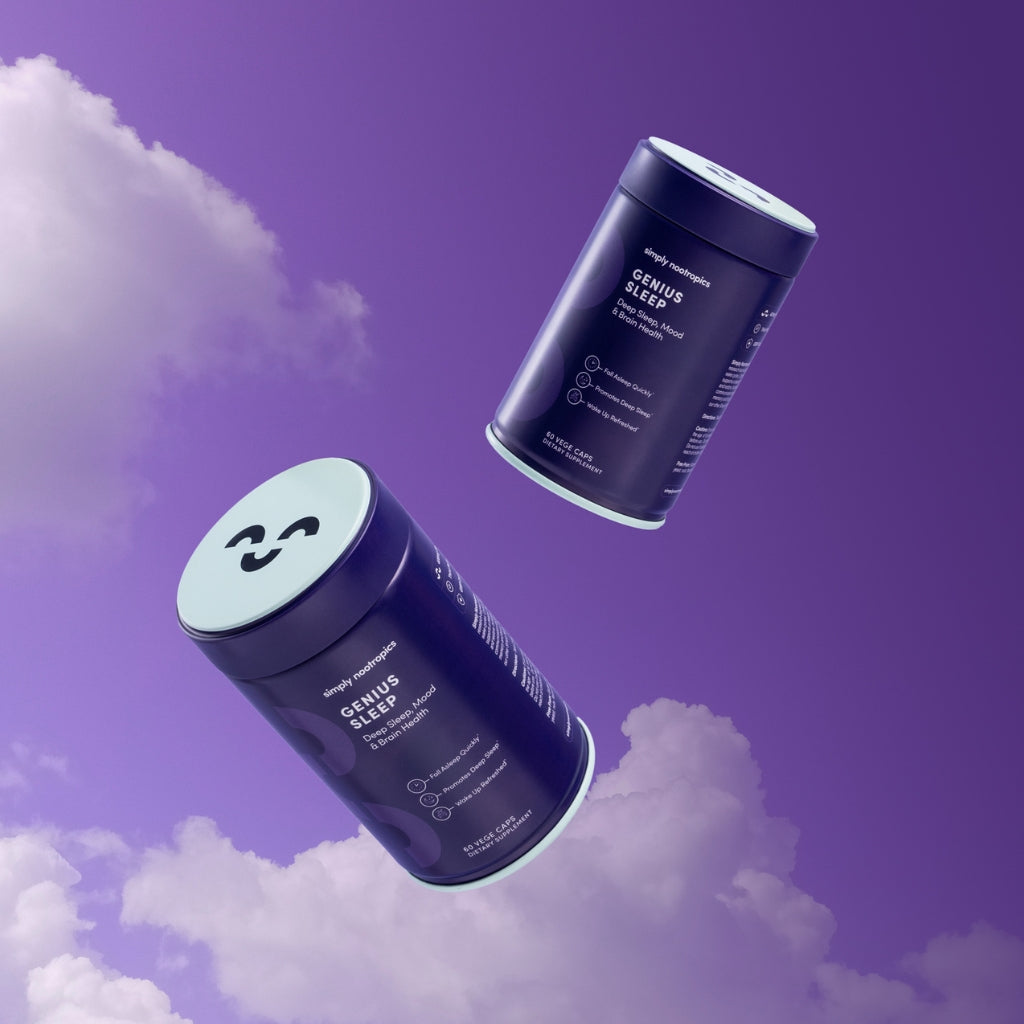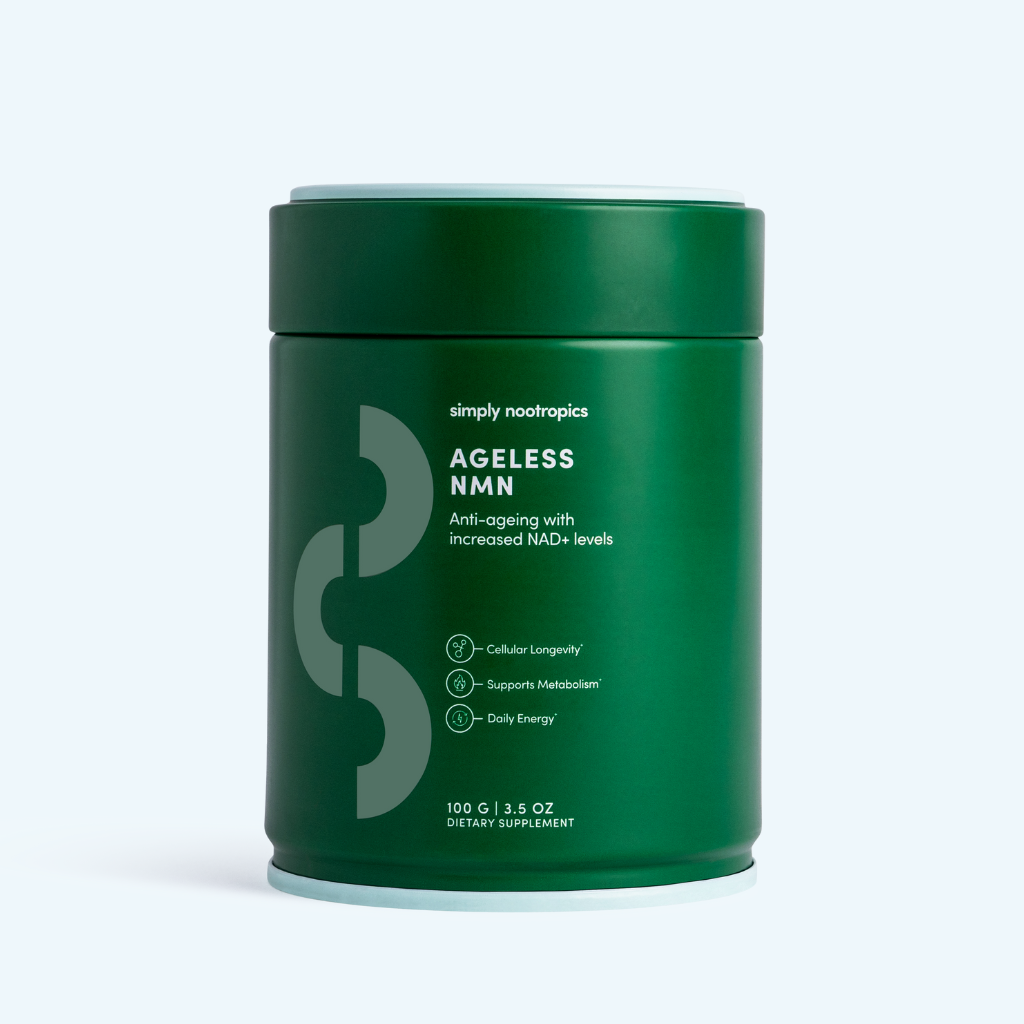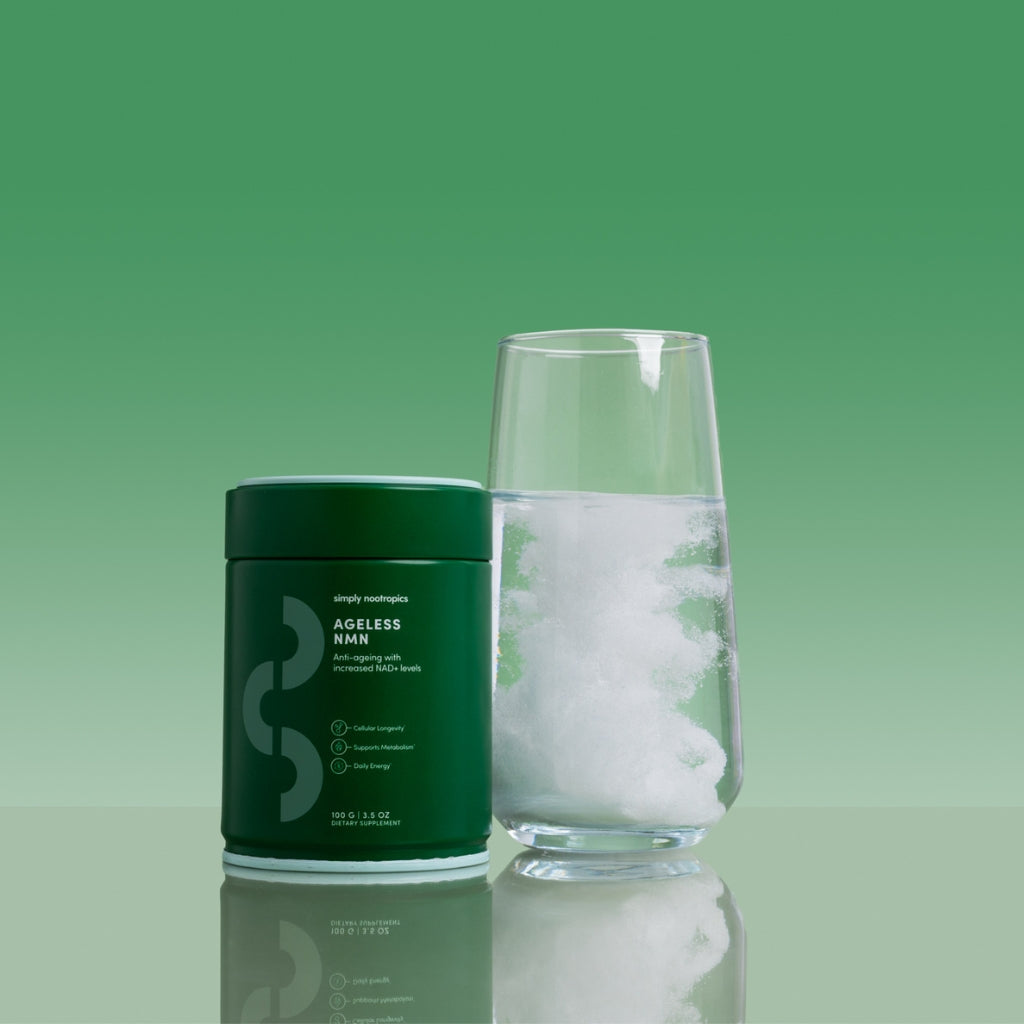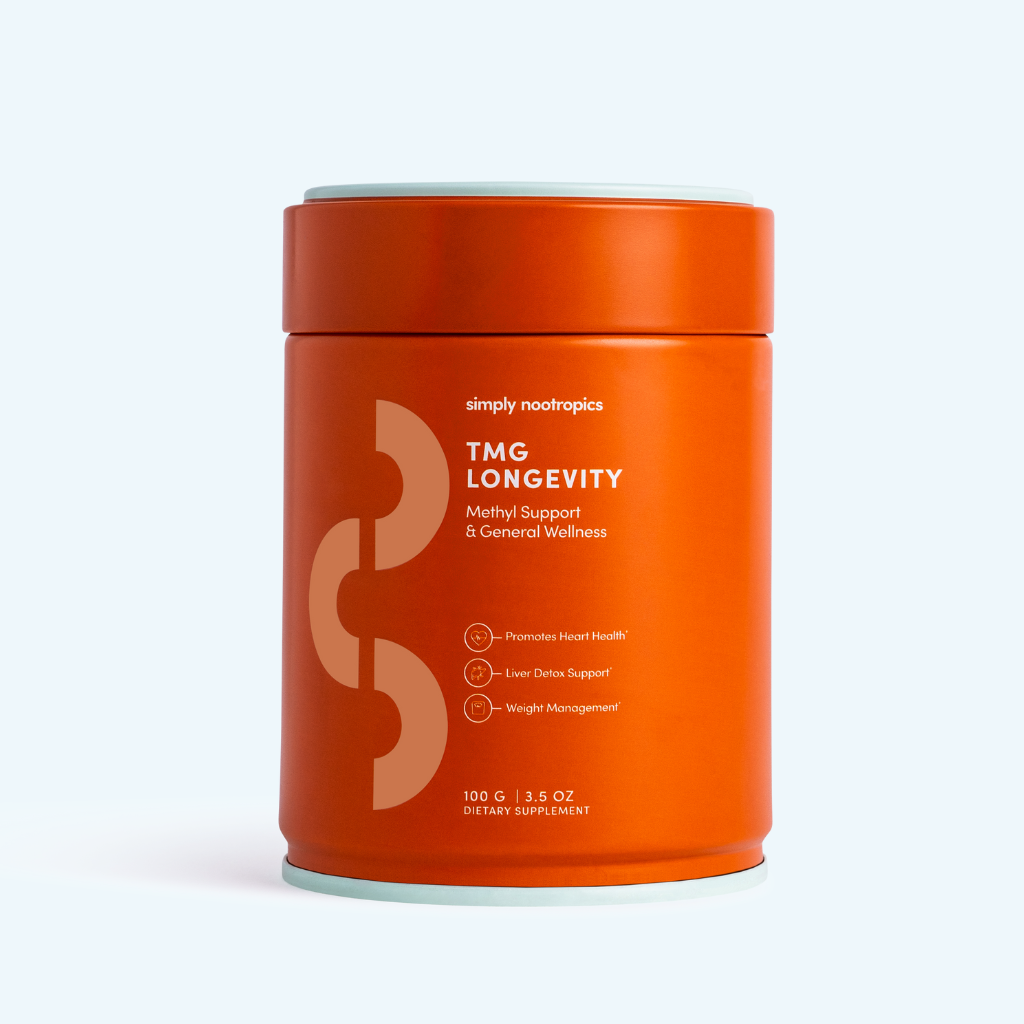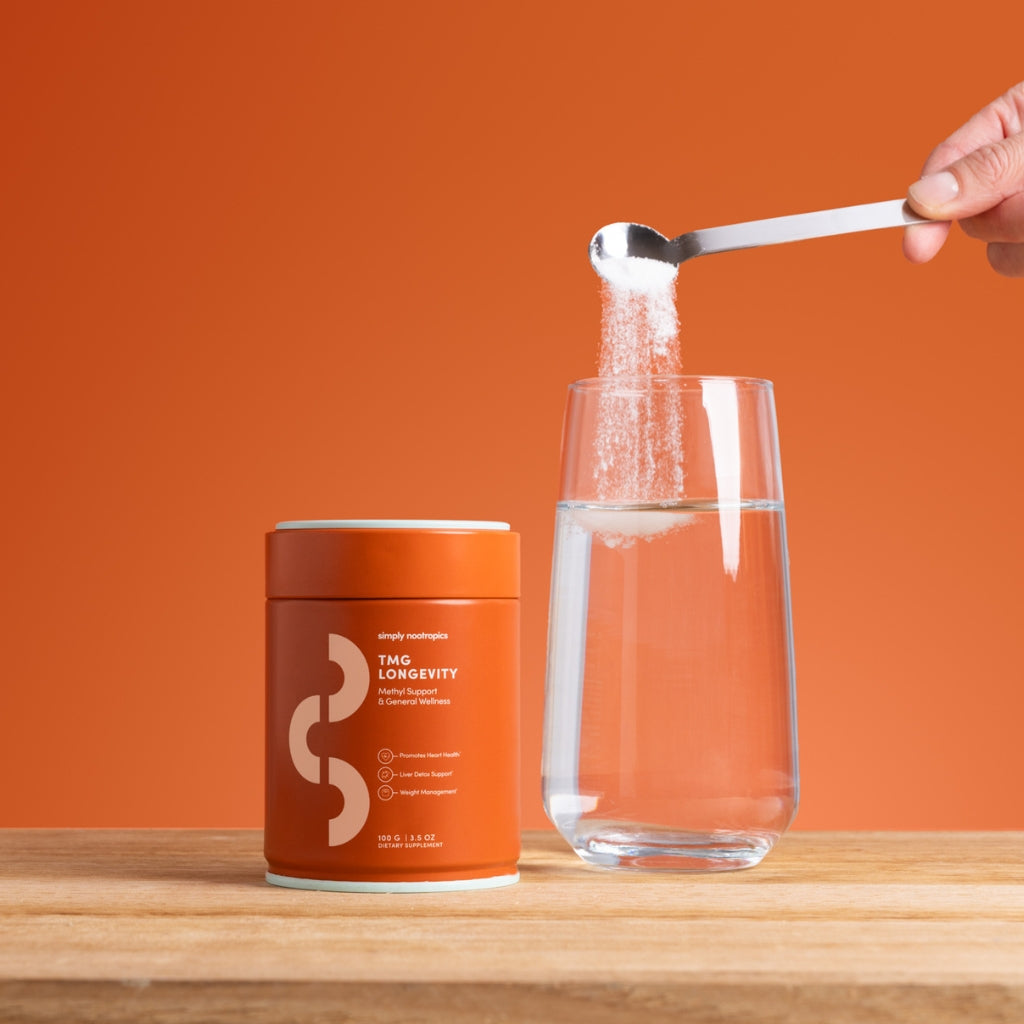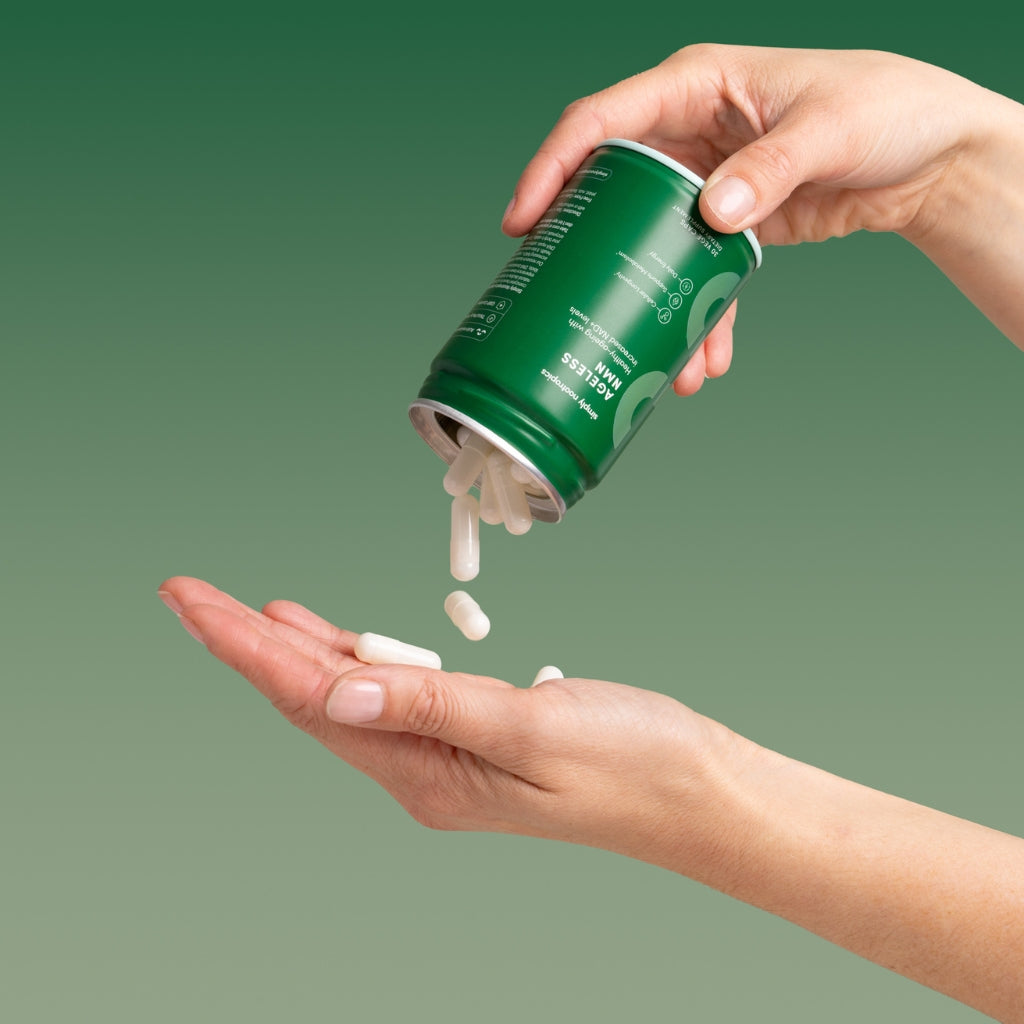Skin is often seen as a cosmetic concern. But in longevity science, it’s something else entirely: a structural organ, a diagnostic surface, and one of the most visible signals of internal biological ageing. This week’s breakthroughs reframe how we think about skin decline, less about appearance, more about cellular infrastructure, repair, and resilience.
Here are four science-backed updates on skin health that go deeper than surface-level solutions, from senescence prevention to bioengineered replacements, and what they tell us about the future of skin ageing.
1. Restoring a protective protein to prevent skin senescence
A recent study highlights a new direction in the fight against skin ageing, not by attacking senescent cells, but by preventing them from forming in the first place. The focus is a protein called p62 (also known as sequestosome1), which plays a key role in cellular maintenance and is involved in the body’s autophagy system.
The researchers found that p62 levels decline in skin tissue as we age, and that this depletion is associated with higher levels of markers linked to cellular ageing, such as p21 and p53. Restoring p62 levels in skin cells helped reduce the onset of cellular senescence and inflammation, particularly in response to stressors like UV exposure.
Why it matters:
Most senescence research has focused on removing damaged cells. This approach suggests that maintaining certain cellular pathways, like those involving p62, may actually prevent or delay that damage from occurring in the first place. For skin, that could mean improved resilience, reduced inflammation, and stronger structure as we age.
2. Biotin’s real role in skin health
Biotin is essential for fatty acid synthesis, which plays a role in maintaining the skin barrier. In people with absorption issues or certain chronic conditions, low biotin can lead to dry, flaky skin or brittle nails. And for people without a deficiency, there’s evidence that high-dose biotin improves skin health.
The takeaway?
Biotin isn’t useless, but more isn’t better. It works best as part of a balanced B-complex, particularly if you’re supporting methylation, energy production, or skin function, but it’s not a miracle fix.
3. Indigenous Nigerian food plants
While pharmaceutical innovation continues to dominate cancer treatment, researchers are also turning their attention to nature, and in particular, to the indigenous food plants of Nigeria, which have long been used in traditional medicine. A new review explores the mechanisms by which these plants may support conventional cancer therapy, with a focus on inflammation, oxidative stress, and cell signalling.
The study reviews a range of native species. What do they have in common? All contain high levels of bioactive compounds such as flavonoids, terpenoids, alkaloids, and phenolic acids, each known to influence cancer-related processes in the body.
Key mechanisms include:
-
Inducing apoptosis (programmed cell death) in cancer cells
-
Inhibiting tumour cell proliferation and preventing angiogenesis (the formation of blood vessels that feed tumours)
-
Reducing inflammation and oxidative stress, both key drivers of tumour development
-
Modulating cell signalling pathways like PI3K/Akt, MAPK, NF-κB, and VEGF
-
Enhancing immune responses, helping the body detect and remove abnormal cells more effectively
These plants don’t act through a single pathway. Instead, they target multiple aspects of the cancer environment, from DNA protection to inflammatory control. This multi-targeted action is one reason researchers are increasingly interested in bioactive plant compounds as complementary, low-toxicity additions to cancer therapy, especially in settings where access to advanced treatments may be limited.
The broader takeaway is clear: indigenous food plants aren’t just nutritional, they’re pharmacologically active. As longevity science continues to seek integrative strategies for chronic disease prevention and treatment, the phytochemical diversity of traditional diets may hold more value than we’ve given them credit for.
4. Burn care enters a new era with skin substitutes
Severe burns are among the most difficult injuries to treat. They affect every layer of the skin, often destroy blood vessels and nerves, and leave patients highly vulnerable to life-threatening infections. Yet despite decades of research, traditional approaches, like autologous skin grafting, still face major limitations, including high failure rates, scarring, and susceptibility to bacterial invasion.
A comprehensive review offers an optimistic look at the next generation of dermal substitutes, focusing on biomaterials that not only cover wounds but also actively promote healing and resist infection.
According to the research team, which includes scientists from the University of South Australia and the Royal Adelaide Hospital, the goal is clear: create materials that mimic skin functionally, structurally, and immunologically, while also reducing complications and hospital stays.
Two standout technologies discussed are:
-
Kerecis – a graft made from fish skin, sourced from sustainably caught wild Atlantic cod. What makes it unique is that it retains its natural omega-3 content, giving it inherent antimicrobial and pro-healing properties. Omega-3s can help regulate inflammation and enhance tissue regeneration, critical for patients who are trying to recover while staving off infection.
-
NovoSorb BTM – a synthetic, biodegradable matrix made from medical-grade polyurethane. Unlike most synthetic grafts, it can be applied even in infected wounds. Its structural resilience offers a stable scaffold for new tissue growth while resisting bacterial colonisation without relying on antibiotics.
Why we made Vital Beauty
At Simply Nootropics, we created Vital Beauty with that exact philosophy in mind. It’s not a gimmick supplement, it’s a foundational formula designed to support your skin’s structure, not just its surface.
Vital Beauty combines:
-
Hydrolysed collagen peptides, which are easier for your body to absorb
-
Vitamin C, essential for building collagen and protecting it from oxidative stress
-
Vitamin E and antioxidants, to support skin resilience and elasticity over time
-
And biotin, at a balanced dose, to support skin barrier function and fatty acid metabolism, without overloading your system
If you’re already working on hydration, movement, and smart nutrition, Vital Beauty fits in as your collagen and antioxidant baseline, especially as your skin starts to lose some of its natural supply.




